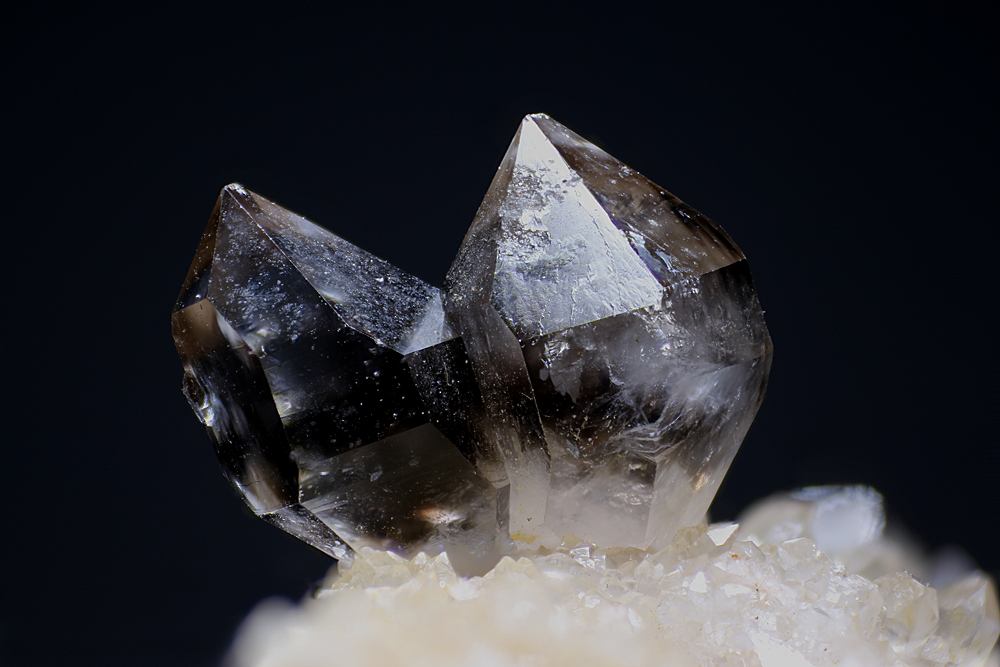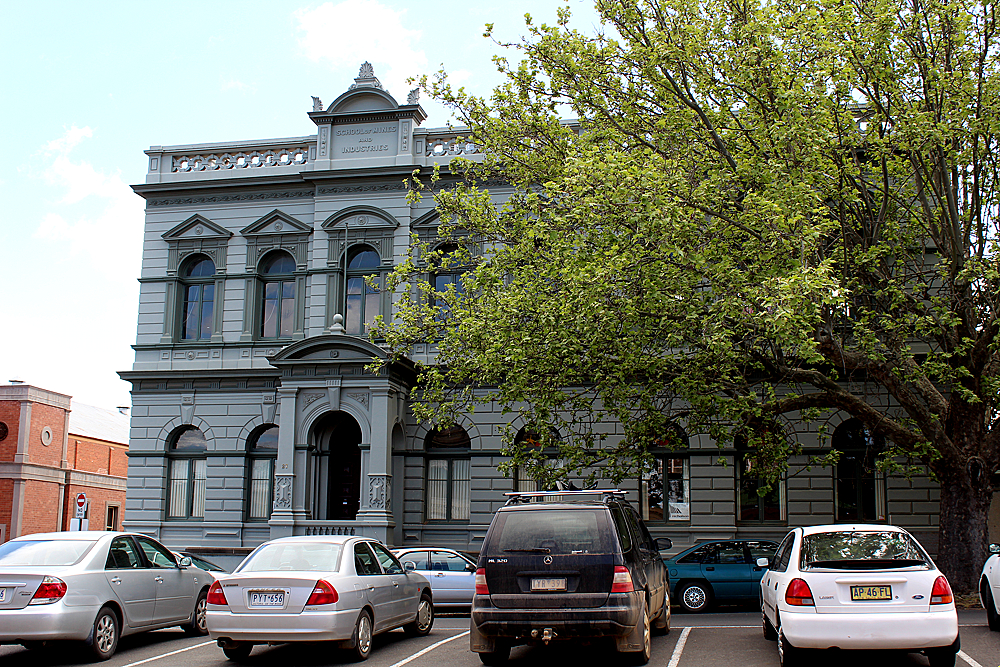Mooralla has long been a famous collecting area, mainly in lapidary circles, and is renowned for its spectacular specimens of smoky quartz. Lesser known is the occurrence of other forms of quartz, including epimorphs, and a small number of other minerals.
Featured image: Smoky Quartz, Mooralla, Victoria
The popular smoky quartz collecting area of Mooralla, also known variously as Black Range or Anderson’s Creek, is located west of the Grampians in western Victoria. The township of Mooralla consisting mainly of a few buildings, is a few kilometres to the south.
Access is via a rough track, which is often difficult to travel on, particularly following bouts of wet weather. The collecting area itself is Victoria’s only fossicking reserve, and is “looked after” by the Horsham Gem Club members. Fossickers are allowed to camp there, and a toilet facility was erected a number of years ago. Those that have used this facility will attest to the resiliant nature of the local flies, who may be trapped for many months, but when the lid is lifted, sound like a jumbo jet taking off as they escape!

The treasured smoky quartz “geodes” that have been highly sought since the 1960s, occur in a decomposing rhyolite, and are sometimes described as miarolitic cavities. Where once good specimens could be extracted from near the surface, holes are now dug down to depths approaching 6 metres in the main part of the field. For those that like smaller specimens, loose crystals, or the other minerals that are occasionally found, shallow holes to about 2 metres deep at the perimeters of the field will fulfill their needs.
Quartz is the dominant mineral found at Mooralla. The most popular, sought after, and aesthetic form, is the so-called Mooralla Crystal (smoky quartz), which may be found as simple or comlex crystals, or groups of crystals to many centimetres in length, and rarely as sceptres. Many of these crystals are not simply a dark form of quartz, but exhibit wisp-like curls of smoke that swirl through the crystal.

Gas bubbles in liquid inclusions are not uncommon but are difficult to find until you have “got your eye in”. Editions of both the Mineralogical Record and the UK Journal of Mines and Mineralogy have featured photographs of Mooralla Crystals (although both have misspelt the locality as “Moorella”), and the special publication from the Mineralogical Society of Victoria, Gemstones of Victoria, features a section on Mooralla.

Loose crystals are common where they have weathered out of the rhyolite. However, deeper down, specimens on matrix can still be collected, but beware. Some crystals that look like they are firmly attached, may come away when the specimen is washed. Even many of the more resilient crystals may show signs of damage to terminations and internal fractures, possibly pointing to some geological activity after they had formed.
Other forms of crystalline quartz include pale lilac amethyst, which is scarce and usually only occurs in small crystals up to about 1cm in length, and small colourless quartz to only a few millimetres which often lines cavities. Rarely, cavities may be filled with banded agate, a cryptocrystalline form of quartz.
An unusual occurrence that is not widely known, is that of quartz epimorphs after a carbonate mineral, probably siderite (one or two specimens have been found where the siderite still exists). These epimorphs usually consist of fragile, extremely thin crusts, and are mostly found in smaller “geodes” of between two to three centimetres in diameter.
These smaller “geodes” are also interesting, as they sometimes host occasional pyrite blebs that appear to have formed before the quartz, or, more commonly, goethite to a few millimetres in size, as either golden or brown tufts, or black, iridescent spheres, formed after the quartz.

Rarely, specimens have been found that contains minute pyrite cubes on the surface of the quartz crystals, a single specimen with a group of platy hematite crystals, and another with an unidentified secondary copper mineral.

To ensure that this reserve remains open to collectors, make sure that you backfill your holes, take home your rubbish, and take care with fire, etc, etc.



